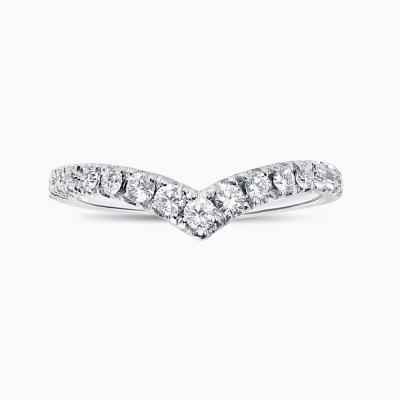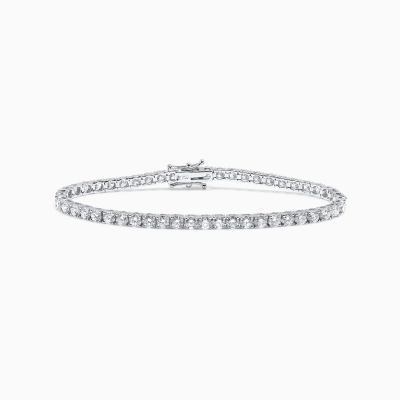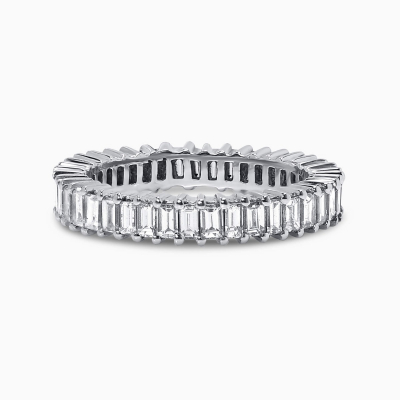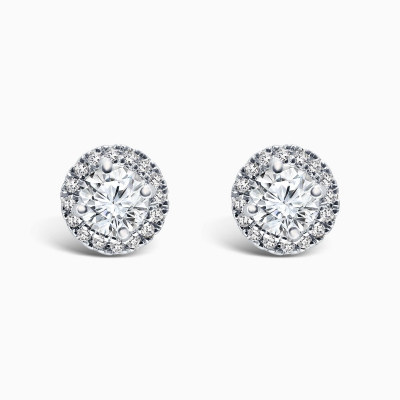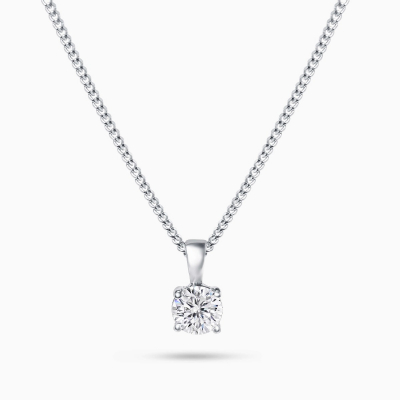USD
/
USD
/
Shipping to:
Currency:
BEZEL SETTING ENGAGEMENT RINGS
The bezel setting, alongside the prong setting, stands as one of the most prevalent methods for securing a singular stone, like the diamond in an engagement ring. Unlike the prong setting, which employs claws, the bezel setting envelops the stone, often entirely, with a delicate collar encircling its rim. This design imparts heightened protection to the enclosed gem.
Recommended especially for those leading active lifestyles, the bezel setting excels in safeguarding stones with imperfections such as chips, flaws, inclusions, or blemishes, effectively concealing these subtle nuances.
The bezel's smoothing effect on the stone's edges reduces the likelihood of snagging on clothing or skin. Beyond this, the setting acts as a reliable barrier against dirt and soap, ensuring the enduring brilliance of the stone.
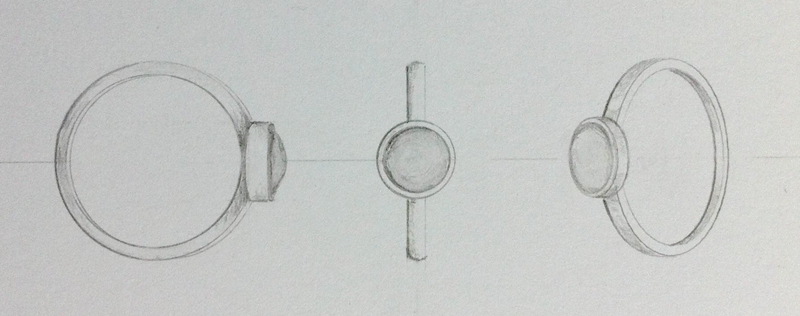
While visually striking, particularly when crafted from precious metals like platinum or white gold, the primary drawback of the bezel setting, particularly for budget-conscious individuals, lies in its potential to elevate the overall ring cost. This is attributable to the increased use of precious metals in its construction. Furthermore, given the unique nature of each stone, customization is a necessity for every specific ring.
For clear stones like diamonds, a full bezel may obscure the lower portion, revealing only the upper face. This might diminish its ability to capture natural light and sparkle. An alternative, the half bezel, divides the encircling structure into two or more sections, exposing more of the gemstone for greater visibility.
Beyond its role in engagement rings, the bezel setting is highly favored for softer gemstones such as opal, turquoise, and fluorite, which, due to their lower hardness, are more susceptible to damage and scratches.







